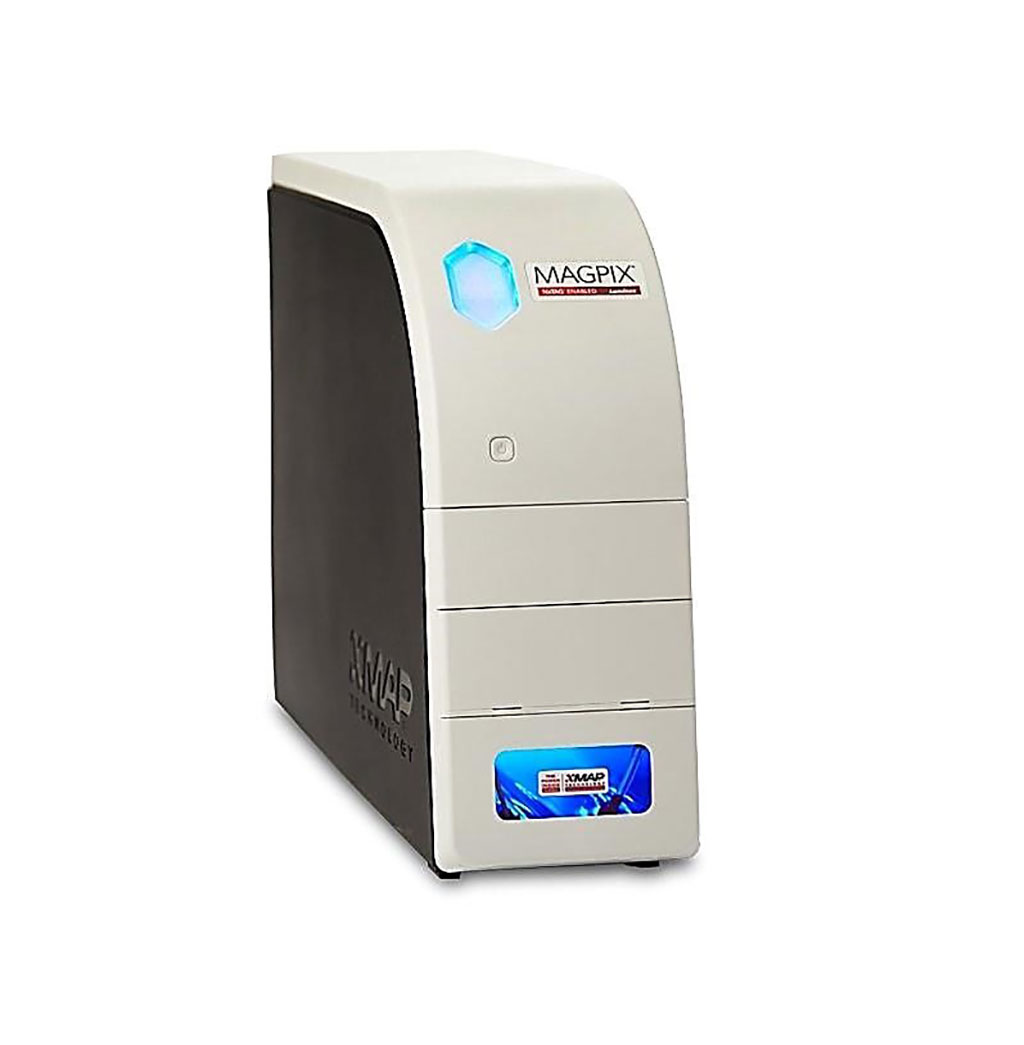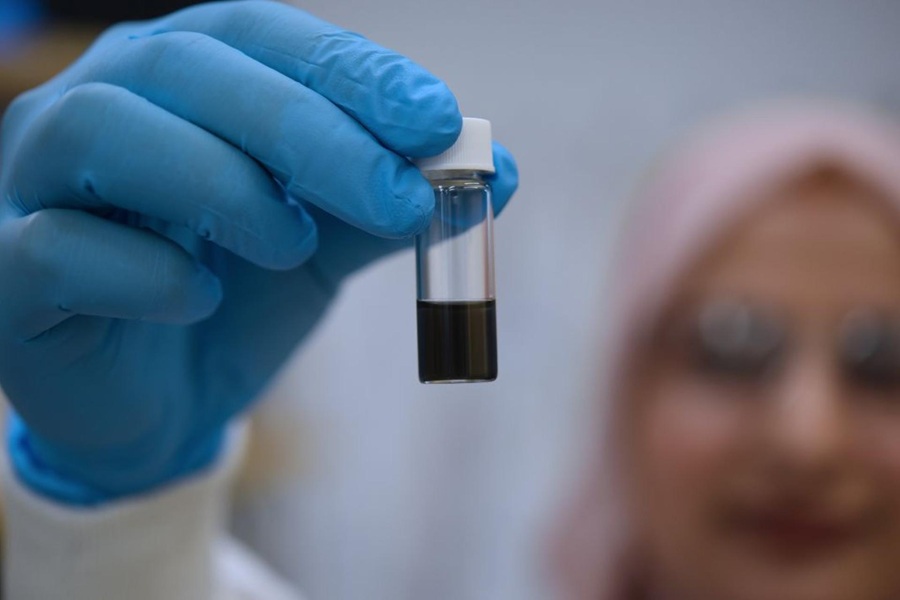Single-Tube Multimarker Assay Estimates Preeclampsia Risk
By LabMedica International staff writers
Posted on 03 Dec 2020
The challenge in the clinical practice of pregnancy monitoring is to distinguish isolated gestational hypertension or proteinuria from the development of preeclampsia (PE) with potential severe consequences to the mother and unborn child.Posted on 03 Dec 2020
PE is considered a disease of placenta, caused by defective placental formation and/or its impaired functional capacity. The molecules secreted by placenta and released to the maternal blood stream have been the most popular candidates of noninvasive biomarkers for PE prognosis.

Image: The Luminex MAGPIX Instrument System (Photo courtesy of Thermo Fisher Scientific).
Biomedical Scientists at the University of Tartu (Tartu, Estonia) recruited both pregnant women and a subgroup of healthy non-pregnant women. The study included 53 spontaneously conceived single pregnancy cases representing alternative gestational curricula with respect to the development of PE. During the index pregnancy, 22 women had eventually developed PE (age 28.0 ± 5.2 years; nulliparity 77%; male newborn 54.5%) and 31 gestations proceeded until delivery without PE (aged 28.5 ± 5.1 years; nulliparity 51.6%; male newborn 48.4%).
The team developed and used the Luminex xMAP based assay (Luminex Corporation, Austin TX, USA) that was targeted to previously established maternal serum biomarkers for PE prediction: Soluble fms-like tyrosine kinase-1 (sFlt-1), placental growth factor (PlGF), soluble endoglin (sENG), leptin, disintegrin and metalloproteinase domain-containing protein 12 (ADAM12), adiponectin, and Pentraxin 3 (PTX3). The B•R•A•H•M•S Kryptor sFlt-1/PlGF test (Thermo Fisher Scientific, Hennigsdorf, Germany) was applied as an external reference. Alternative PE prediction formulae combining 6PLEX measurements with clinical parameters were developed.
The scientists reported there was a high correlation in sFlt-1/PlGF estimated for individual sera between the 6PLEX and B·R·A·H·M·S Kryptor immunoassays. The predictive power of the 6PLEX combined with gestational age and maternal weight at sampling reached AUC 0.99 with sensitivity 100.0% and specificity 96.9%. In all models, sFlt-1/PlGF derived from the B·R·A·H·M·S immunoassays exhibited the lowest AUC value (<0.87) and sensitivity (<80%) with broad confidence intervals (13%–92%). The estimated prognostic yield of the 6PLEX compared to the B·R·A·H·M·S assay was significantly higher (96.5% versus 73.7%).
The authors concluded that the developed single-tube multimarker assay for PE risk estimation in combination with clinical symptoms reached high prognostic yield (96.5%) and exhibited superior performance compared to the sFlt-1/PlGF test. The study was published in the November, 2020 issue of The Journal of Applied Laboratory Medicine.










 (3) (1).png)



